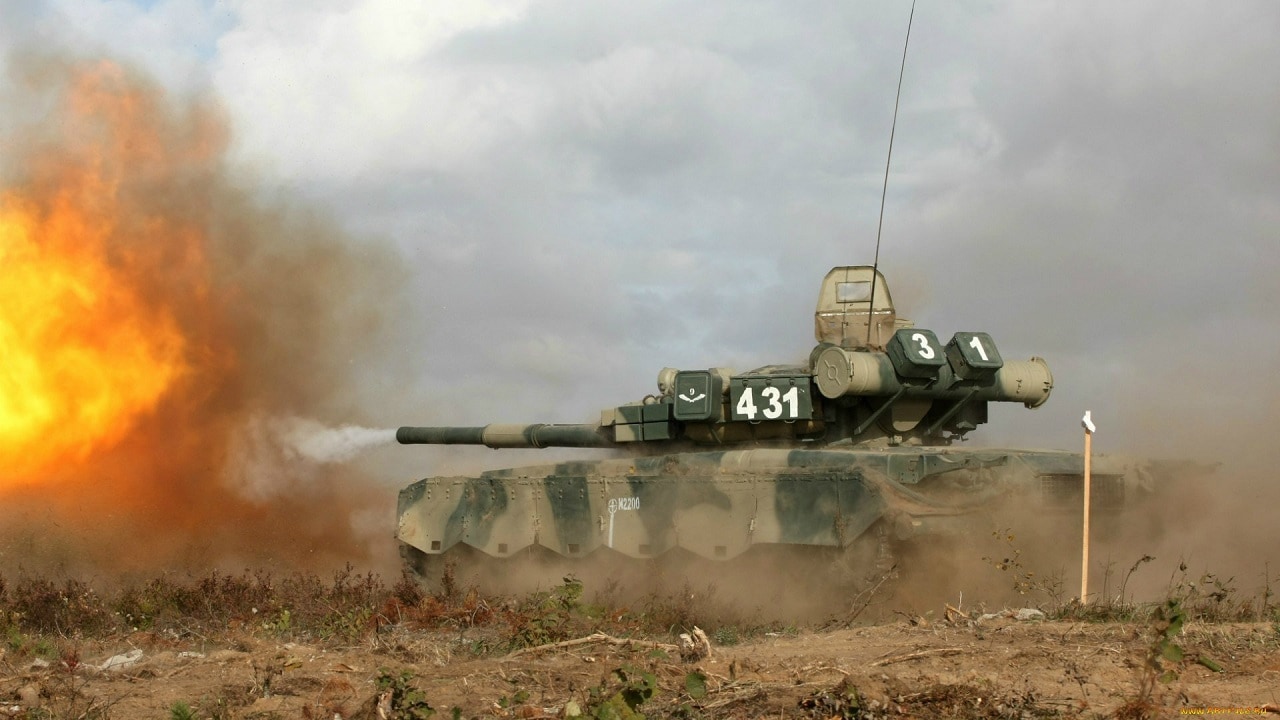Plenty of experts are saying that we’ve shifted from a war of maneuver to a war of attrition in Ukraine. That may be true, but it’s worth unpacking those two concepts, both in terms of their history and in their application to the current conflict.
A decisive battle of maneuver either inflicts a strategic defeat without destroying the fielded forces of the enemy or destroys those forces in rapid engagement or series of engagements; think Austerlitz or Pearl Harbor or the 1940 Ardennes Offensive. Wars of attrition have a longer time frame, with the objective of grinding enemy capabilities down to either weaken the foe in general terms or to improve one’s position sufficiently to launch a new maneuver campaign. These are of course ideal types and it takes some conceptual stretching to apply them to naval, air, and financial warfare, but the concepts remain useful. It is not precisely true that all wars of attrition are failed wars of maneuver (Egypt’s War of Attrition against Israel in the late 1960s, and arguably the Donbas conflict since 2014 had attrition as the primary strategic purpose) but it is perhaps more true than the Russians or Ukrainians would like.
World War I is the archetypal war of attrition, although the term is only really useful in reference to the campaigns in France and along the Isonzo. On the Western Front, a battle of grand maneuver rapidly shifted to attrition in the first six weeks when German forces suffered a defeat at the Battle of the Marne. The two sides then settled into trench warfare, inflicting catastrophic damage on each other along a series of trenches that were a good deal more fluid than we tend to remember. Along the Isonzo, Italian and Austro-Hungarian forces battered one another endlessly for a few square miles of mountainous terrain.
But things can change rapidly. As grinding and (in the case of the Western Front) as culturally transformative these campaigns were, they each transitioned to maneuver with a rapidity that shocked the participants. At Caporetto in late 1917, the Germans re-established a battle of maneuver through the application of new techniques and significant reserves of soldiers. The battle of attrition in the West ended with the Ludendorff Offensive, which tore massive holes in Entente lines and before collapsing from a lack of men and munitions. But maneuver was re-established; within months the Reichswehr was in headlong retreat, unable to contain or even very much slow the Entente advance.
And the fact that Ukraine and Russia are griding out in attritive fashion doesn’t mean that nothing important is happening. Russia is capturing territory and inflicting damage on Ukrainian forces; Ukraine is retaking some territory and also inflicting damage on Russian forces. Battles of attrition can be decisive, even if they don’t feel like it at this time. The Solomon Islands Campaign in World War II is not normally thought of as a battle of attrition, in part because it involved a series of spectacular battles at sea, on land, and in the air. The chief strategic impact of the campaign, however, was the severe attrition that the Allies managed to inflict on the Japanese. The Allies could absorb the losses that the Japanese inflicted and make them good with industrial production; the Japanese could not recover from the losses inflicted by the Allies, with dramatic consequences for the rest of the war. Attrition can rapidly yield to maneuver if critical geographical points fall that enable maneuver (or force the enemy into headlong retreat), or if the damage inflicted on an enemy force undermines its coherence and ability to resist.
We can even apply the concepts to economic and financial war. The British blockade of Germany in World War I is arguably the most decisive application of attrition in the history of modern conflict. Both the First and Second Battles of the Atlantic were entirely about attrition, pitting the damage that the Germans could inflict on Allied shipping against the destruction that the Allies could wreak on the German U-boat force. The Allied air campaigns, despite the spectacular destruction of cities such as Hamburg and Tokyo, also had attrition as the goal. In the current conflict, the United States and its allies probably did not believe that the raft of economic and financial sanctions against Russia would immediately bring Moscow to its knees, but they likely shared at least a glimmer of hope that they could induce an economic collapse that would make it impossible for Russia to continue the war. Instead, Russia and the West are now engaged in a grinding campaign of attrition, with each side suffering damage and presumably evaluating the price of continuing the conflict.
Thus, even though we’re in the midst of more than one campaign of attrition, it does not mean that nothing important is happening in the war. Either Russia or Ukraine could restore maneuver to the battlefield in spectacular ways, in part because of the impact of attrition. And the flow of Western equipment and supplies matters very much to Ukraine’s ability to hold its own during this phase of attrition, as well as to take advantage if maneuver returns to the battlefield.
Now a 1945 Contributing Editor, Dr. Robert Farley is a Senior Lecturer at the Patterson School at the University of Kentucky. Dr. Farley is the author of Grounded: The Case for Abolishing the United States Air Force (University Press of Kentucky, 2014), the Battleship Book (Wildside, 2016), and Patents for Power: Intellectual Property Law and the Diffusion of Military Technology (University of Chicago, 2020).

